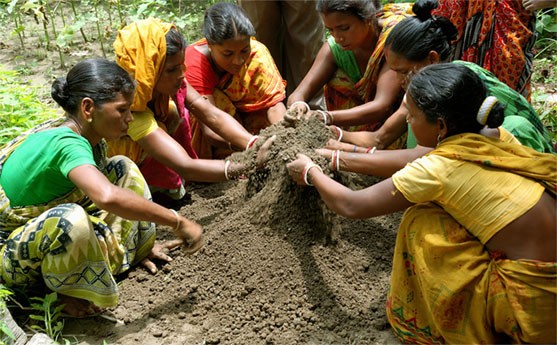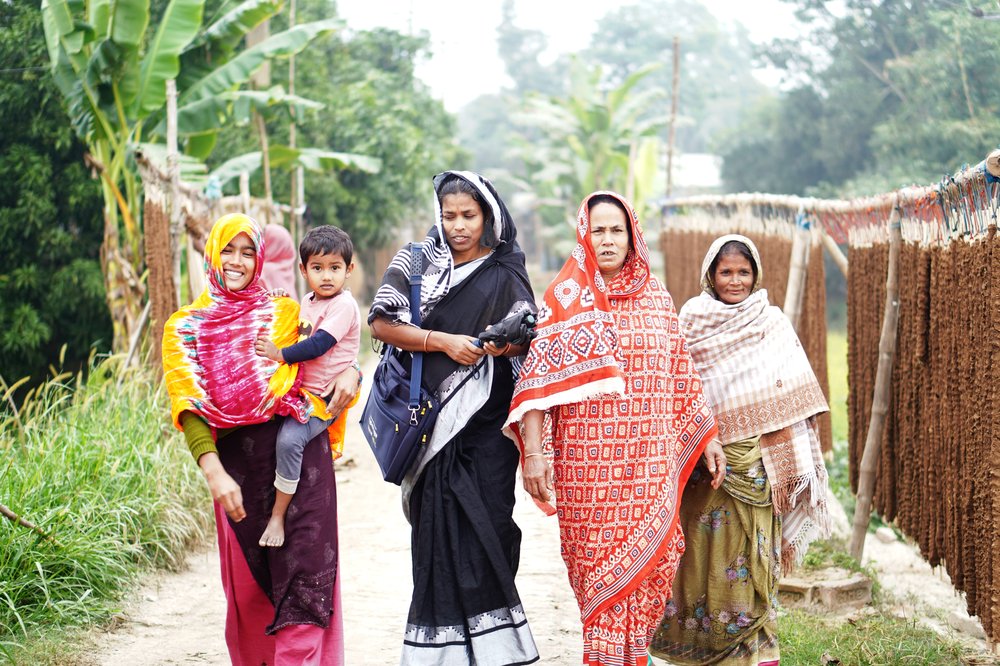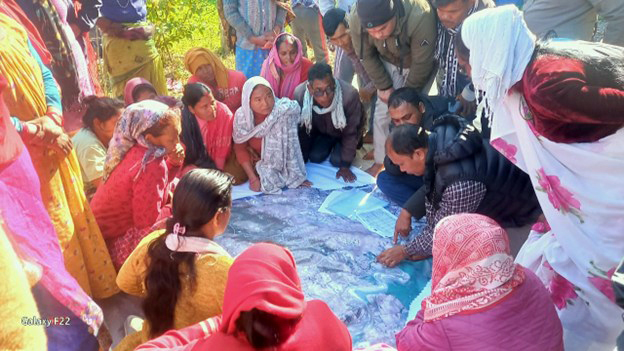
This article originally appeared in Foreign Affairs.
By Tim Hanstad
India is among the world’s top producers of many things: milk, rice, sugarcane, and, as it happens, land reform legislation. Since India’s independence in 1947, volumes of laws and reforms have been aimed at addressing a stubborn reality in rural India: at least 18 million families are completely landless and tens of millions more have insecure or weak rights over their land. Such land insecurity breeds generational poverty, malnutrition, and conflict, and it slows agricultural growth.
India has been right to try to legislate itself out of the problem. Unfortunately, many of its legal attempts have been riddled with loopholes, not fully implemented, or had devastating unintended consequences.
Last week, India’s NITI Aayog—a policy body composed of both central and state government leaders—unveiled yet another land reform effort. This one has the potential to help more than 20 million of the country’s poorest and most vulnerable farmers, help ensure that India’s urbanization process actually benefits the rural poor, and correct some of the most problematic earlier land reforms that have outlived their purpose and brought about widespread and significant negative unintended consequences.
The new draft act has its roots in the 1950s, when 30 to 40 percent of India’s farmland was worked by tenant farmers. At this time, agricultural tenancy in India (as in many parts of the developing world) was viewed as exploitative and was charged with dragging down farm productivity as well as the dreams of tenant farmers. Indeed, in the feudalistic setting of agrarian pre- and post-Independence India, powerful landlords reigned over overwhelming numbers of poor tenant farmers, who had little bargaining power. Many landlords exploited their monopoly on land and power to abuse tenants.
In response, virtually all Indian states moved to ban or heavily restrict tenancy in the decades after Independence. Land is largely administered by individual states in India, so the extent and nature of the earlier tenancy laws varied, but fall into four general categories.
The first set consisted of virtual bans on all agricultural land rentals. The second set laid out general prohibitions on agricultural land rentals, but with exempt categories for certain landowners such as widows, minors, armed services members, or marginal farmers. The third category placed no explicit prohibition on agricultural land rentals, but discouraged them by empowering renters with protected rights on the rented land, either as perpetual possessors or through unilateral rights to purchase. And finally, there were the states with no explicit prohibition on agricultural land rentals, but with strong discouragements of rentals through the establishment of lower-than-market maximum rental payments and minimum tenures for all rentals.
The results of these twentieth-century laws restricting or banning tenancy were both dramatic and mixed.
On the positive side, according to government data, about ten percent of those who had been tenant farmers at the time the reforms passed have received owner-like rights to the land they had been leasing. The vast majority of those beneficiaries were concentrated in just a few Indian states. The number of new tenant farmers gaining owner-like rights to land through this route in recent years is nominal.
On the negative side, landowners’ immediate and understandable (in hindsight) reaction to most of the reforms was to eject tenants on a massive scale. After a thorough study, Indian civil servant and scholar P. S. Appu estimated that tenant families were evicted from 33 percent of India’s agricultural land as a result of the post-Independence tenancy reform legislation.
Further, in addition to the active dispossession caused decades ago, tenancy reform laws continue to result in decreased land access for landless and marginal farmers. Landowners are reluctant to rent out their land because they fear losing rights and control over it. A study of 5,000 rural households found that tenancy restrictions limit the supply of agricultural land available to renters and thus prevents access by land-poor households.
In addition, most of the at least 20 million rural households who are currently renting agricultural land despite prohibitions have shorter-term and weaker rights as a result of the existing tenancy reform laws. The restrictions on tenancy have pushed such dealings underground. As a result, tenant farmers typically have only an informal agreement with the landowner and no legal status. They’re left less able to access credit, crop insurance, input subsidies, and other government benefits.
Finally, the existing legislation hurt agricultural land owners—many of which are not wealthy or able to farm their land themselves. The profile of agricultural landowners in India today is much different than in the decades following independence, when it was often the case that much land was in the hands of a few large landowners. Today, India’s large farmers (those with more than ten hectares) constitute less than one percent of all farmers and hold less than 12 percent of the land—hardly a monopoly. Meanwhile, more than 80 percent of India’s farmers have less than one hectare. Many of the landowners are aging; others are considering transitioning to paid work or migrating to the cities. None of this is easy to do thanks to the land laws.
The negative consequences of the existing restrictions go beyond issues of equity. The restrictions on renting farmland also limit agricultural efficiency and drag down the broader farm sector. The restrictions cause many landowners to underuse land, and when they do rent it out, the short-term and informal nature of most rental agreements reduces the tenant’s willingness to make long-term investments in the soil.
Since India’s tenancy reform laws were enacted, scholars have come to a broader consensus that land rental markets can and do play a substantial role in increasing land access for the poor. Rental markets can be a first rung on the agricultural ladder toward landownership, particularly as growing economic opportunities (especially non-agricultural) and sociopolitical advancements begin to improve the bargaining position of poor tenants.
Although land ownership is often still a more desirable option and conveys greater benefits (particularly concerning access to wealth, power, and status), access to land via rental is often a local second-best alternative to ownership that requires much less capital and is thus more accessible.
And rental markets can enable broader economic transformation. Specifically, as economies grow, households better suited and able to pursue non-farm livelihoods can rent out their land for others to cultivate while they move to urban areas or start non-farm businesses. The experience of other countries—including China, where land rental markets have facilitated movement off farms fields and onto factory floors—indicates that in a growing economy, the role of agricultural land rental markets will expand and increase incomes for both those who rent in and those who rent out.
India’s economic expansion will increase urbanization. According to McKinsey, more than 200 million rural Indians will migrate to urban areas in the next ten years. Legalizing the leasing of the agricultural land they are leaving will make that urbanization more orderly. Rural landowners can come to the cities with more of a cushion, and those who remain in rural areas can access and more effectively use the agricultural land that the migrants leave behind.
India’s states must now take up the Model Agricultural Land Leasing Act, which allows for voluntary and mutual rental agreements in which tenants have legal status, the real possibility of longer-term tenure security, and access to credit and government entitlements previously limited to landowners. And landowners will have the assurance that they need not fear losing their ownership rights for good by renting out land.
By applying these provisions at the state level, India will be poised to remove a significant and unnecessary barrier to greater agricultural productivity, greater land access for India’s rural poor, and a more orderly urbanization process.
Tim Hanstad is Landesa’s Co-Founder & Senior Advisor.
Related blogs


